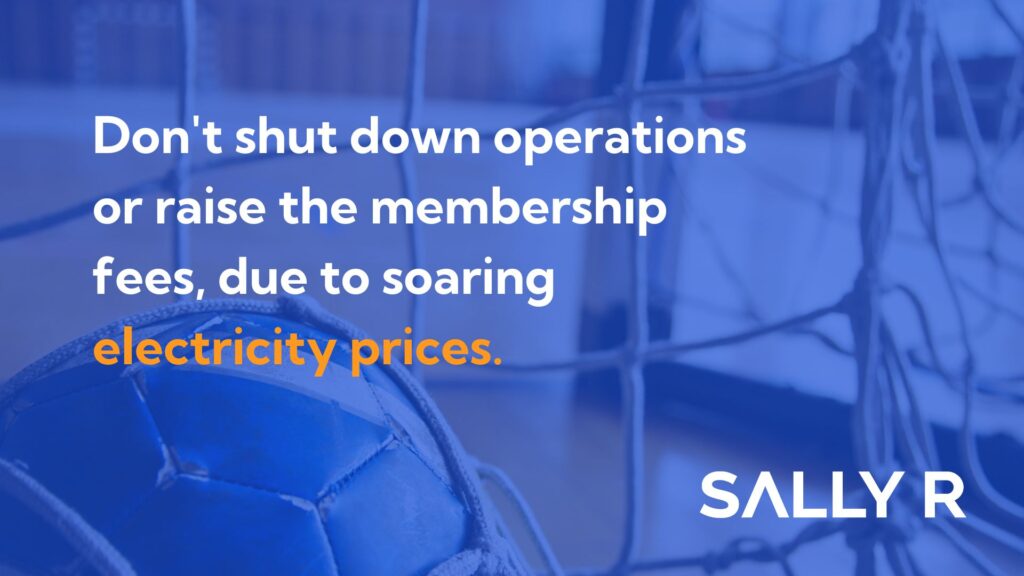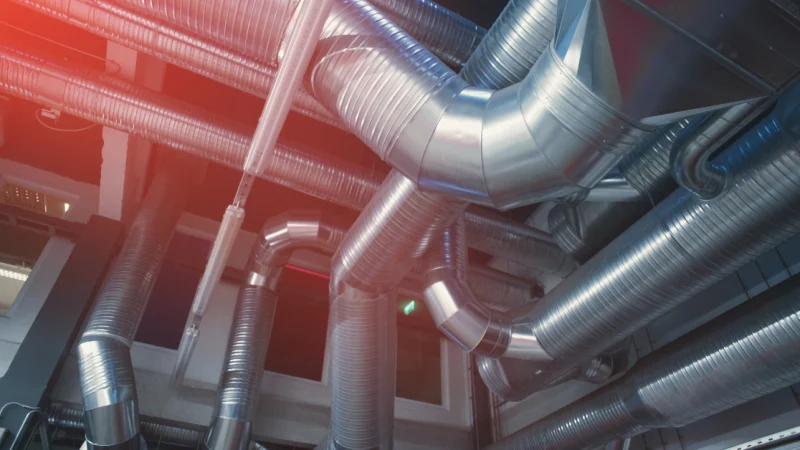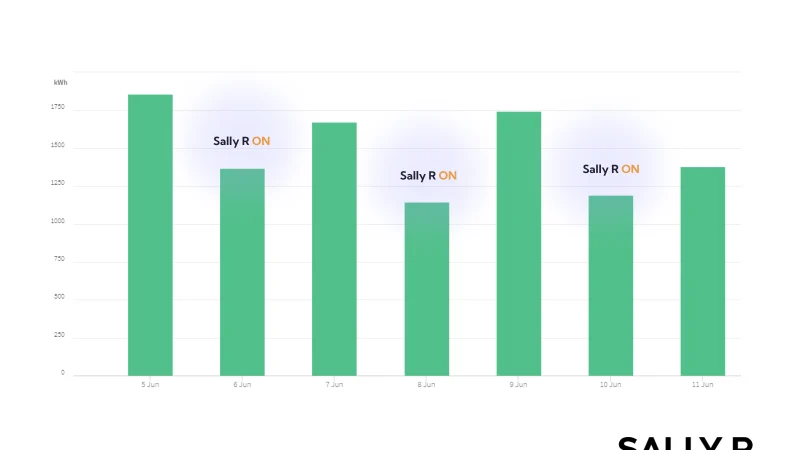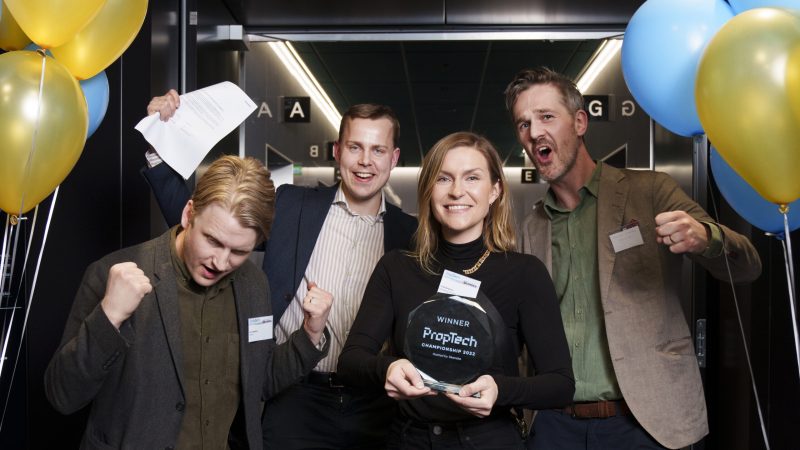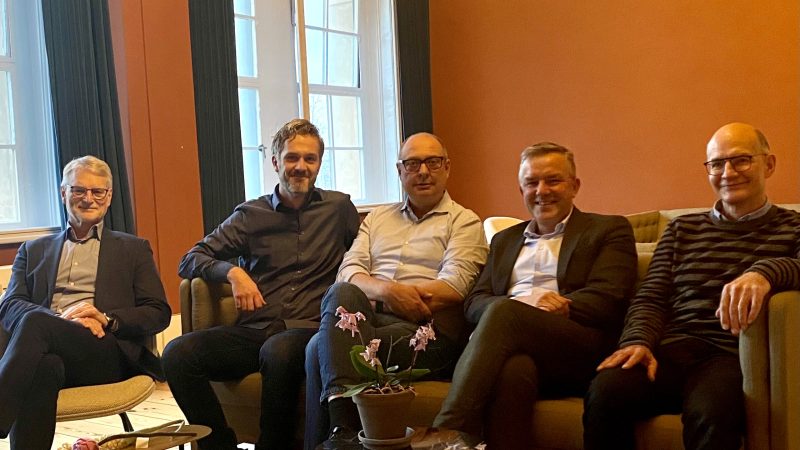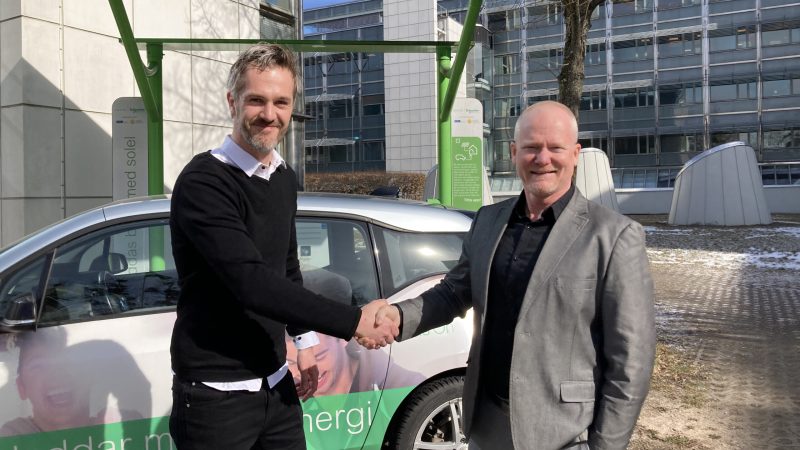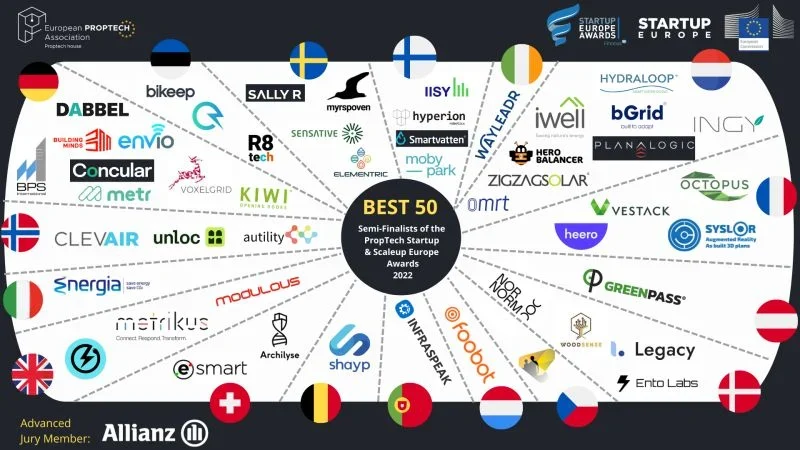Just a few days ago, the Swedish National Sport Federation (Riksidrottsförbundet), presented some horrifying results from a nationwide survey.
68 % of the non-profit sports associations in Sweden are considering increasing member fees due to the ongoing energy crisis and soaring electricity prices. 29 % of the associations are even considering shutting down operations. This will undoubtedly lead to families forced to exclude children from doing sports.
Now, please take a moment and consider what that will mean. For the individual child, for the family in question and for our society.
In times of staggering inflation rate and increasing interest rates, Swedish and European household budgets are already heavily constrained. When the sports associations increase membership fees (if only by a small percentage), it is highly likely that a significant amount of children will be forced to quit.
So what is practically driving sports associations into doing this? Well, the single most energy-consuming system in the sports halls needed this winter is the Ventilation/Heating-system (HVAC). But these systems are highly unoptimized and, in many cases, look exactly the same (and controlled exactly the same) as they were back in the 1990s.
Since then, a lot has changed and we now have the ability to run these systems in a totally different way. We can use data regarding the indoor and outdoor air, as well as data from the system itself, and even data from the electricity market. With this data, we can optimize existing systems already installed in the building. The only thing, if needed, is extra measurement, sensors, in order to secure the right amount and quality of data. By changing the control of ventilation systems, significant amounts of energy will be saved while securing healthy and safe indoor air quality.
The Sally R optimization service is already controlling a number of sports facilities. In Västerås, Sweden, the service has decreased energy consumption in Önstahallen (Sports hall built in 2018) by 52% while maintaining an average temperature of 20 degrees. This was made possible even though the CO2-level was kept at 498 ppm on average with a standard deviation of 0,5 degrees and 80 ppm.
For a sports hall like Önstahallen, 52 % energy savings on the ventilation system, means a 25-30 % reduction in energy consumption for the whole building. Net savings for doing this, will be around €35.000 over a period of 36 months for a 5000m2 building.
Rather than approaching the energy crisis with looking for ways to cover soaring costs, municipalities, local governments and sports associations should look for ways to reduce their energy demand. Algorithms might not be the first thing anyone thinks of, but intelligent control of high-consuming systems, will create an opportunity to withstand high energy prices and make buildings more resilient.
Taking away the chance for children to practice sports because of unintelligent, inefficient buildings, should not be OK. Let’s spread the word about smarter ways for these amazing non-profit organizations, and let’s help in making sports available for everyone.
At the end of the day, it’s a question of equality.
